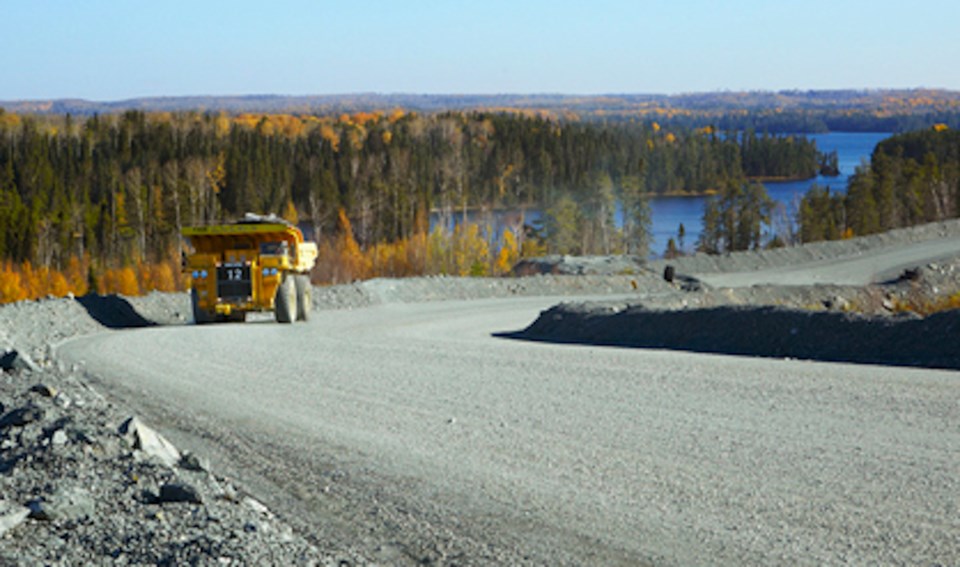Canada has an abundance of untapped mineral resources but these are just stranded resources in hard-to-reach places if the material can’t be hauled out and processed to feed the big green, electric vehicle battery supply chain machine.
As part of its critical minerals strategy rolled out late last year, the federal government took the wrapping off a funding program yesterday designed to subsidize all the infrastructure needed to develop and move so-called critical minerals, like nickel, copper and lithium, to market.
The Critical Minerals Infrastructure Fund is a $1.5-billion pot that will be available over seven years. It promises to defray some of the costs for “enabling infrastructure” to mine sites such as transportation links and energy supply.
A news release said the fund will support clean energy and transportation initiatives attached to the development of mines. On the energy side, this could come in the form of power generation, storage and transmission of renewable or alternative energy, as well as grid connectivity. From the transportation end, funding will be available to support road, rail and marine initiatives.
The feasibility of a given project will carry special weight, the government said, and the likelihood of a mineral resource becoming a mine, while also fitting into Ottawa’s criteria of addressing broader environmental, economic and Indigenous reconciliation activities.
Funding will be available through two streams. The first will fund pre-construction and project development activities to advance mine projects toward a shovel-ready state, for example, planning, studies and First Nation engagement.
The second stream covers “readily deployable projects,” construction, rehabilitation or enhancement of infrastructure.
The feds didn’t reveal a date when the first round applications will be accepted but it will the window will be opened sometime late this fall. Applications will be submitted to the Canada Infrastructure Bank for assessment.
There will also be opportunities for applicants to tap into funding programs related to Indigenous infrastructure and community heat and electricity, national trade corridors, and rural renewable energy.
The maximum funding available per project is $50 million. Provinces and territorial governments may apply for up to $100 million. The fund will cover up to 50 per cent of total eligible expenditures. Arctic, Northern and Indigenous-led projects are eligible for up to 75 per cent and public-private partnerships up to 33 per cent.




